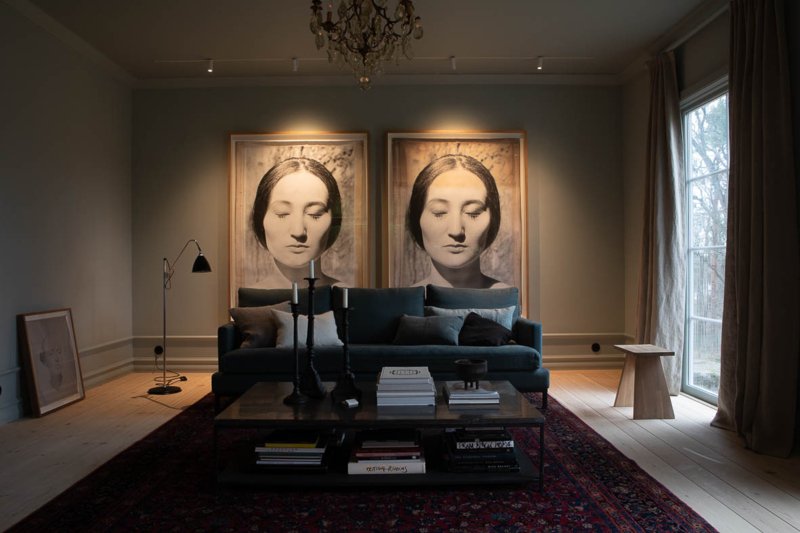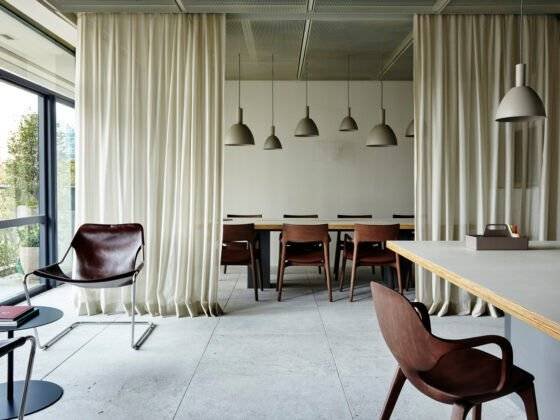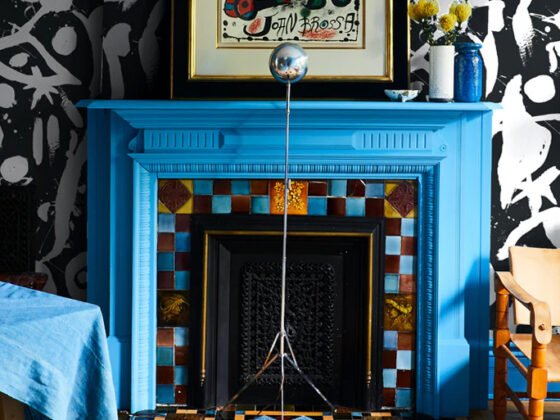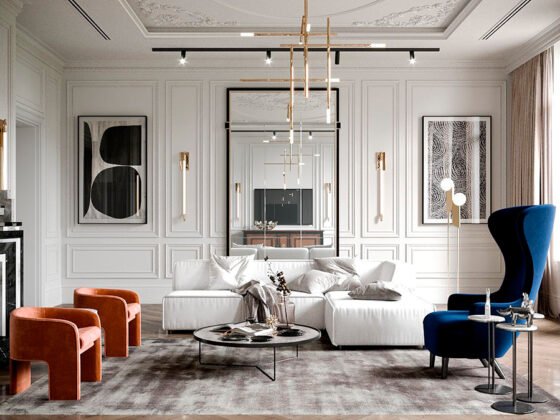Have you ever stepped into a room and been instantly captivated by its stunning appearance? Most likely, you have. But what exactly makes a space good, exceptional, or even great?
The truth is, there are several key factors that contribute to successful interior design, and surprisingly, it’s a relatively straightforward process. Anyone can learn and train to create beautiful interior spaces. All you need is a solid understanding of the foundational principles that make exceptional rooms come to life, and you’ll be on your way to crafting your own awe-inspiring interiors. If you weren’t blessed with a natural knack for decorating, it may just take a bit more practice.
1. Plan and Prioritize: Setting the Foundation for Successful Interior Design
Embarking on an interior design project requires careful planning and prioritization. It’s crucial to establish your goals and needs upfront, taking into account factors such as functionality, aesthetics, budget, and timeline. By creating a well-thought-out plan that addresses these elements, you’ll set yourself up for success.
Among these considerations, budget and room architecture hold utmost importance. If certain structural elements like walls or floors cannot be altered (perhaps due to renting constraints), it may require some adjustments to your design ideas. Budget, in particular, plays a decisive role in any interior project. Many clients have had to make significant sacrifices to bring their dream rooms to life, while others had to discern what elements were truly worth the investment and what they could do without.
2. Embrace the Context: Designing with Space and Surroundings in Mind
A key aspect of good interior design is considering the context in which a space exists. This includes factors such as the architectural features, location, and natural light. By understanding the context, you can make design choices that enhance the space and establish a cohesive and harmonious environment.
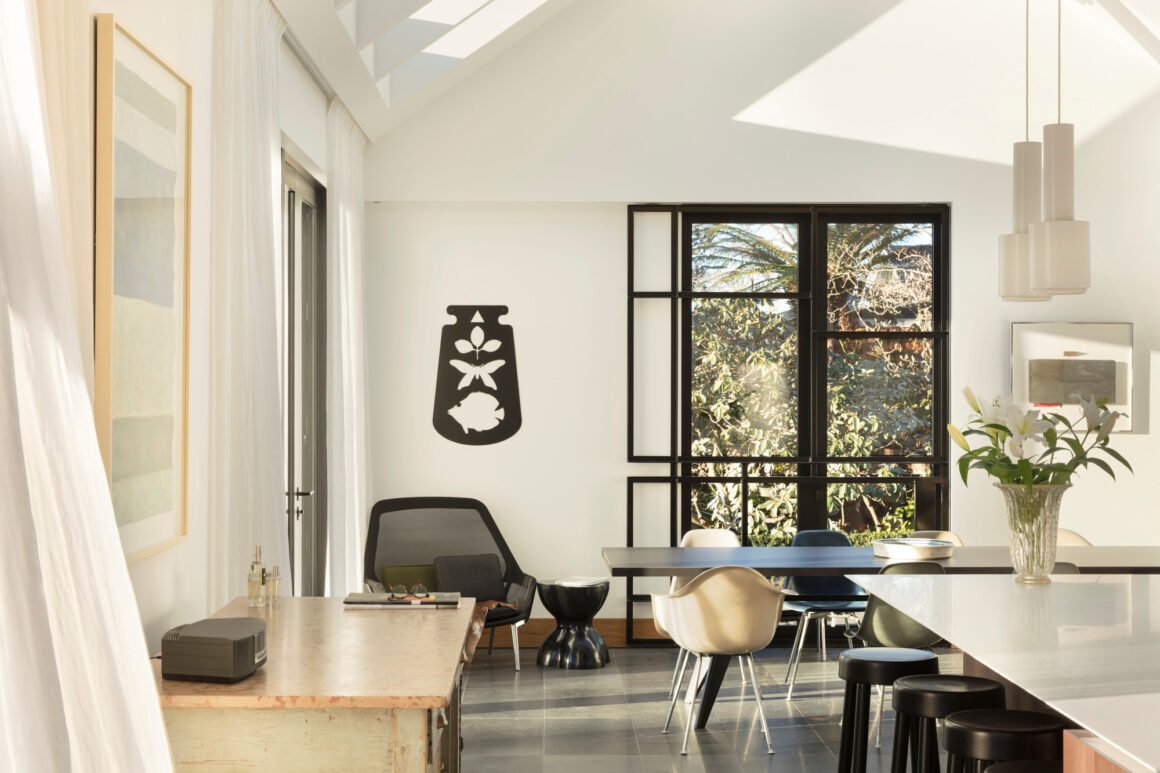
Contextual awareness is vital, starting with elements like the room’s orientation. This factor directly influences color choices, particularly when it comes to wall paint. Similarly, the location holds significant importance. For instance, decorating a country home situated hundreds of miles away from the coast in a coastal style would feel disconnected and out of place in its surroundings. Such a mismatch affects the overall ambiance.
Consider the practical implications as well. If you reside in a region where darkness and cold prevail for a significant part of the year, opting for blue and white striped linen curtains, white shutters, and rattan lighting may not only appear incongruous but also fail to meet your needs. To create warmth in such climates, it becomes essential to rely on cozy and insulating soft furnishings. Seersucker, transparent linens, and woven bamboo shades may not retain heat effectively. Practicality and functionality should be factored in alongside aesthetics.
In essence, successful interior design goes beyond visual appeal; it incorporates practicality and coherence by aligning with the context and meeting the needs of the space.
3. Emphasizing Functionality: Where Design Meets Purpose
While aesthetics hold their rightful place, functionality is a top priority in any interior design project. It is essential to consider how the space will be used and make design choices that align with its intended purpose.
For example, some furniture often boasts captivating visual designs, but it may not always offer the desired level of comfort needed for activities like snuggling with pets or enjoying leisurely meals. Thus, when aiming to create a thoughtfully designed room, it becomes crucial to consider both comfort and functionality as key factors.
Imagine sinking into a plush sofa, relishing comfortable seating in your dining area, or having an ergonomically designed office chair that supports your back health. It’s important to acknowledge that Instagram influencers showcasing their home office spaces may not always reflect the practicality of day-to-day work life. Sitting for eight hours a day on an iconic mid-century chair or typing away on a hard wooden chair for five days a week may not be feasible or conducive to comfort. Practical considerations come into play, such as the need for padding, height-adjustable seating, adjustable depth for proper thigh support, and fully adjustable armrests.
In essence, functionality should be a driving force in interior design. By creating spaces that prioritize comfort and support, we can elevate our daily experiences and ensure that our surroundings serve us well in both form and function.
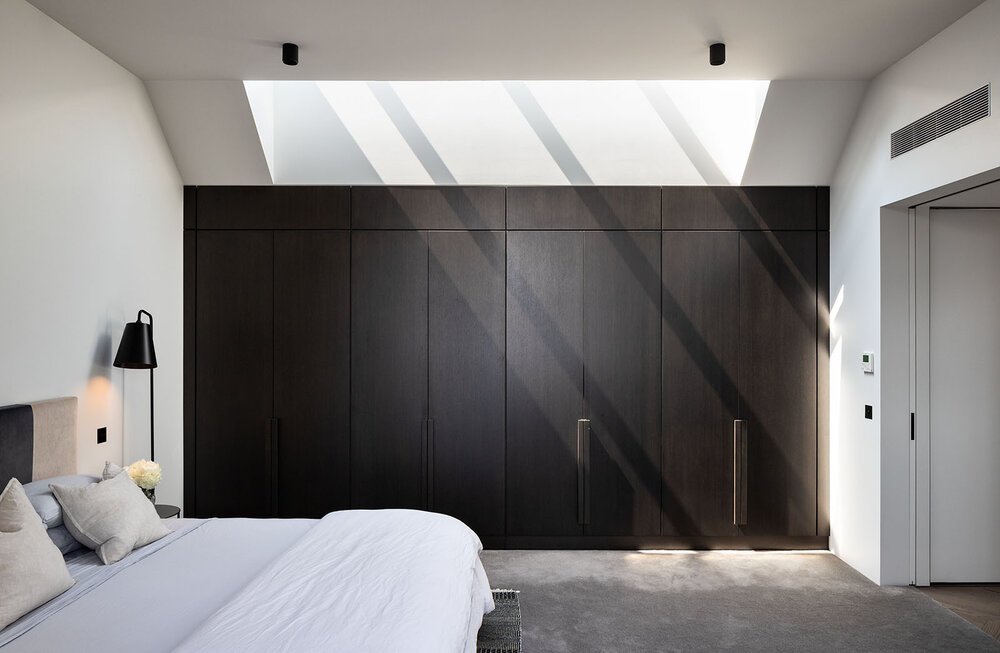
4. Achieving Balance and Harmony: Elevating Interior Design
A fundamental aspect of good interior design lies in creating a harmonious and balanced atmosphere within a space. This can be accomplished through thoughtful design choices, including the selection of a harmonious color palette, strategic furniture placement, and effective lighting solutions. When a room exudes harmony, the entire home feels enhanced, with a seamless flow and positive energy permeating throughout.

5. Pay Attention to Details: Elevating Interiors through Detail
Attending to details is a crucial aspect of successful interior design as it can significantly impact the overall atmosphere and appearance of a room. Every element, from the selection of hardware and accessories to the choice of throw pillows, can contribute to creating a harmonious and sophisticated ambiance. Focusing on texture and tactile materials can also elevate the overall experience of the space and make it more enjoyable to live or be in.
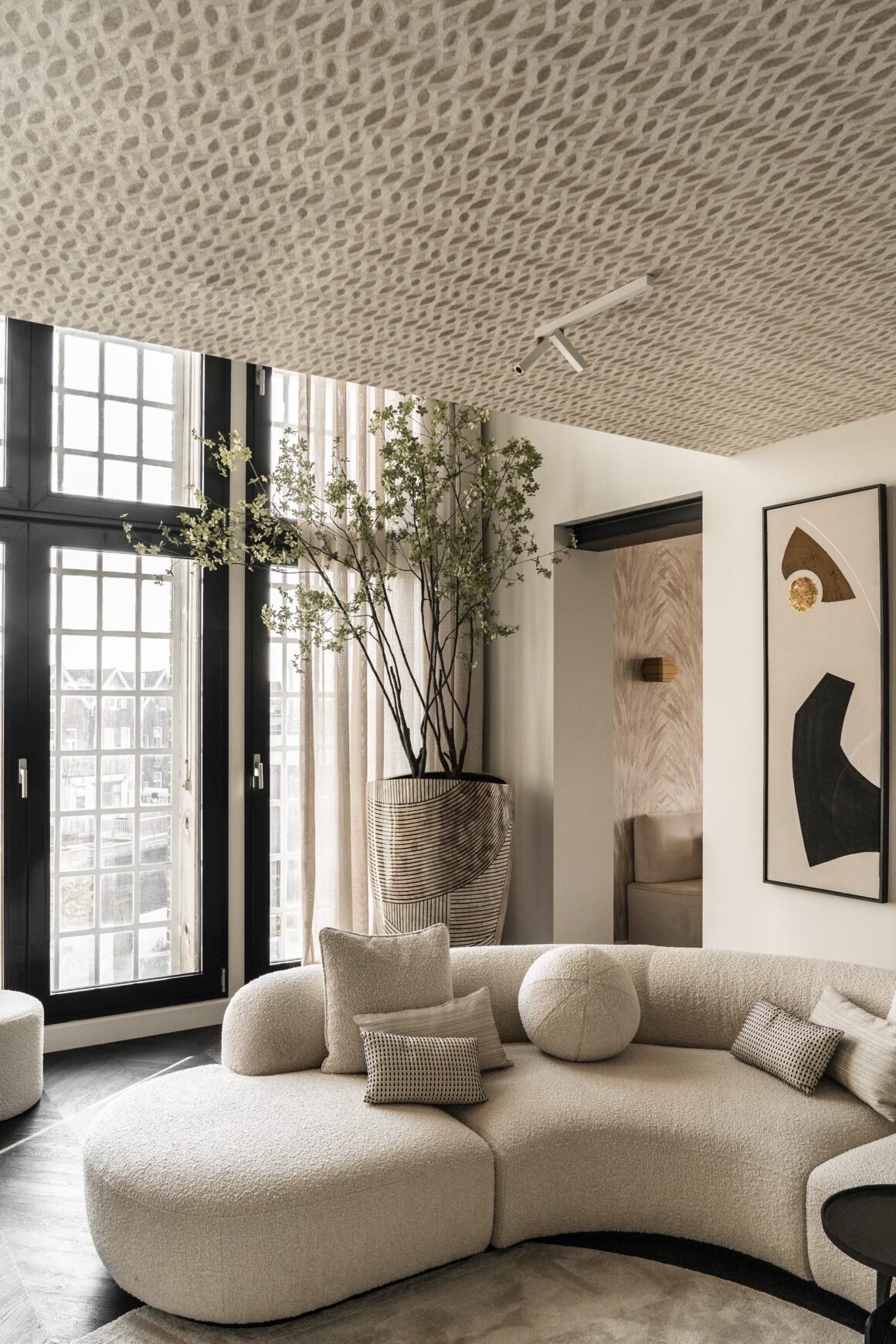
6. Embrace the Power of Editing: Strive for Simplicity in Interior Design
In the realm of interior design, there is a saying that “less is more.” Being open for editing and simplifying your design choices can result in a more streamlined and focused space. However, it’s crucial to recognize when it’s time to consider the project finished.
Sometimes, the temptation to keep adding elements persists. People feel the need to continuously fill the space or rush the completion of the project, leading to hasty choices like inexpensive and generic throw rugs or cushions. In photography, there’s a notion that “your portfolio is only as strong as your weakest photo,” and this principle extends to all visual aspects, including interior design. Even the most exquisite handmade tiles from Morocco in your bathroom may go unnoticed if the sink cabinet is made of particle board from a budget retailer. Similarly, an expensive sofa can lose its impact if adorned with cheap-looking throw pillows and a generic throw.
In such cases, it’s better to exercise restraint. It’s perfectly acceptable to forgo the throw and pillows until you find the right ones that complement the sofa’s quality and style. Remember, each design element should contribute to the overall harmony and integrity of the space. By being willing to edit and hold off until the perfect additions can be made, you can elevate the visual impact and cohesiveness of your interior design.
7. Stay True to Your Personal Style: Harmonising Personality and Design
While it’s crucial to consider factors like context and functionality when designing a space, staying true to your personal style and preferences is equally important. Your interior design should reflect your authentic personality and individual taste, creating a space that feels genuinely comfortable and inviting for both you and your partner. When it comes to designing kids’ rooms, it’s essential to involve them and consider their evolving personalities and preferences as they grow older.
Discovering and defining your personal style can be an exciting journey. You can explore various avenues to find inspiration, such as taking design classes, reading books on interior design, and creating mood boards. However, the key to refining your style lies in practice, practice, practice! As you experiment and gain experience, you’ll develop a stronger sense of what resonates with you and what truly reflects your unique vision for your living space.
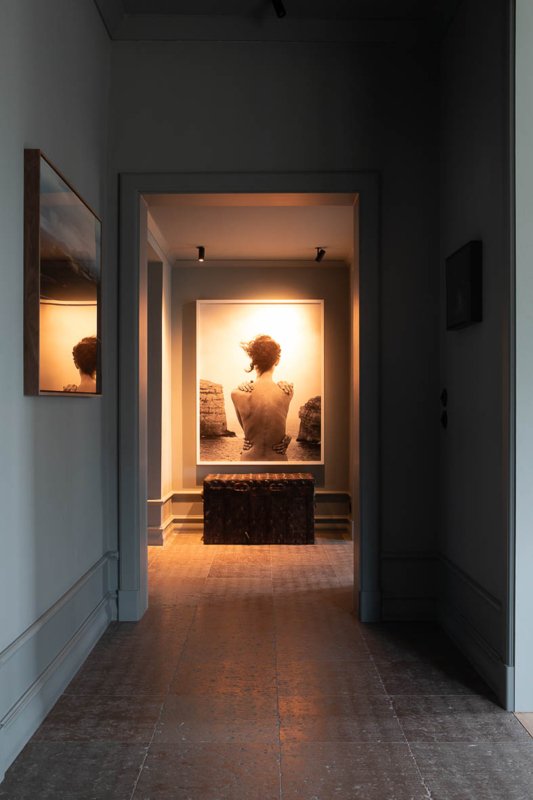
8. Striking the Balance: Navigating Trends and Timeless Classics in Interior Design
Differentiating between trends and timeless classics is essential in interior design. Understanding this distinction is key, as it prevents you from investing heavily in a room filled with trendy pieces that may quickly become outdated and lose their allure. By recognizing what elements are here to stay, you can create a space that maintains its allure for years to come.
When it comes to foundational elements, opting for classic choices is a wise strategy. Consider the most popular fittings in bathrooms and kitchens, such as tubs and sinks, which are often designed in neutral or pure white tones. This deliberate selection stems from the understanding that neutral foundations provide longevity. By keeping these core elements timeless, you can enjoy their presence for many years, even decades, without feeling the need for frequent replacements. This approach not only ensures enduring style but also promotes sustainability in design.
Adding personality and style to a space can be accomplished through the art of layering. Rather than undertaking major renovations like re-tiling the bathroom, you can introduce your unique flair through elements that are easily adjustable. Shower curtains, towels, accessories, throw rugs, wallpaper, and paint are fantastic tools for infusing character into a bathroom and revitalizing its ambiance.
By striking a balance between classic foundations and expressive layering, you can create an interior that exudes both timeless elegance and individuality. This approach allows you to stay ahead of passing trends while cultivating a space that remains vibrant and inviting for years to come.
So, whether you’re working on a new projects or looking to refresh your personal space, armed with these secrets, you’ll be well-equipped to transform the space into a place of beauty, comfort, and inspiration. Unleash your creativity, experiment with different ideas, and let your personal style shine through as you embark on your journey towards creating a truly breathtaking interiors.

